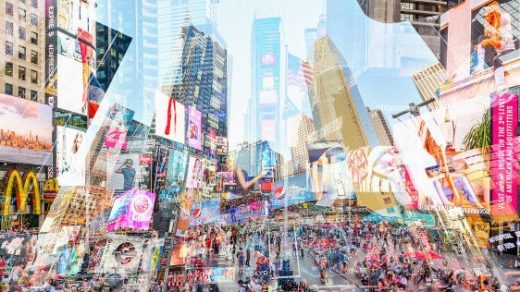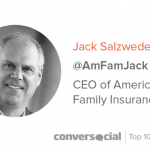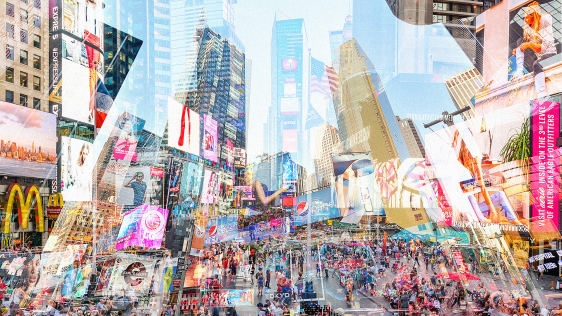Social-Impact Branding Isn’t Going Anywhere This Year–And Neither Are The Gaffes
The year has only just begun and H&M has already inadvertently inaugurated the “biggest brand fails of 2018” list. Having released–and then quickly pulled–a product photograph depicting a young black child wearing a “Coolest Monkey in the Jungle” sweatshirt, the company was attacked for being insensitive, offensive, and, to some, racist.
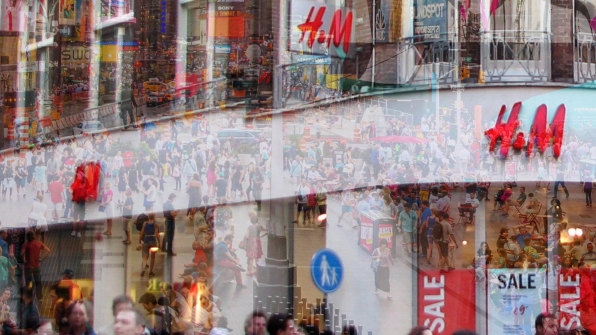
I do not believe H&M meant any harm. The company made a mistake not thinking hard enough about how such a photograph could be construed. But its actions follow a pattern similar to that of various brands that misstepped while wading into social issues in 2017.
In today’s world, the lines between citizens and consumers, beliefs and brands, are blurring. Companies today are expected to align with their values in word and deed. So you get brands like Pepsi overreaching and botching its attempt to relate to the activist subset with its disastrous spot last year featuring Kendall Jenner. You also see brands like Dove lambasted for its tone-deaf ad featuring women of color and its misguided attempt to sell its products in bottles nominally shaped like different women’s bodies, and McDonald’s criticized for exploiting a son’s grief over losing his father.
Whether they like it or not, brands are increasingly political, and their marketing efforts increasingly will be seen through a political lens. Add in social media–where everything is fair game–and, boom, a company’s decisions now belong to everyone.
Given the level of attention brand fails received in 2017, you might assume we will see fewer gaffes in 2018, if only because marketers will be wary of associating their brands with pressing social issues. I don’t think this will be the case. In fact, I predict there will be more social-issue brand fails this year, as business continues its adaptation to a more purpose-based economy. Recognizing the inherent benefit of creating value in society (with corresponding bottom-line benefit), brands will ramp up their social impact efforts. The lesson of these mistakes isn’t to avoid integrating social impact into business planning and marketing decisions, but to make sure it’s done right, so that there are many more successes than failures.
Here are three lessons to help brands lean in with success in 2018:
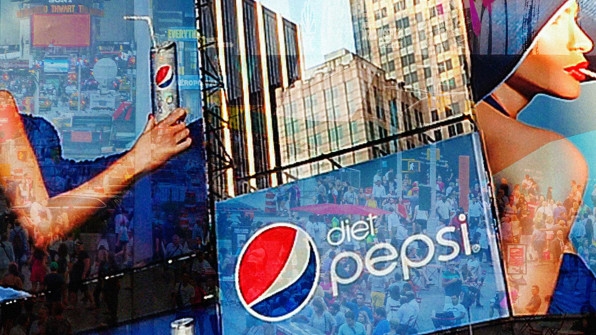
Have A License To Operate
It’s critical that brands align with issues that make sense for their business. Contrary to previous thinking, it’s paramount that the business and social issue are legitimately intertwined, or that companies getting involved in a cause do their do diligence to represent it and advocate on its behalf from a place of respect and integrity (for an example of the latter, see Ben & Jerry’s stance on ending racism). Otherwise, there is very little license to operate. Consumers want to know why your company is trying to advance a specific issue and need to understand and believe in that connection to make it sincere. People did not believe Pepsi and social justice were an authentic fit, so the ad spot smacked of opportunism. But where there is alignment between the issue and the business (think CVS and healthcare), profiting by doing good is not a problem–so long as there is mutual benefit and reciprocity built into the engagement.
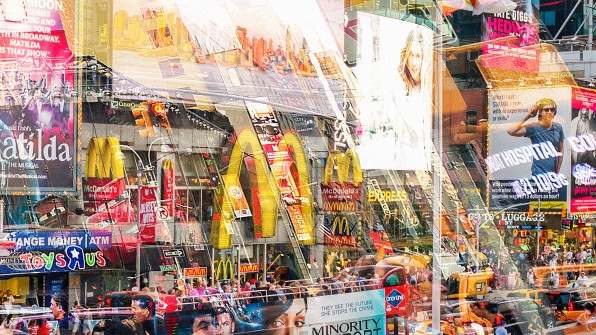
Know Your Issue
Once there is clear alignment between the business and the social impact, a brand must then understand in depth the problem it is trying to solve. That requires a deep understanding of the change the business would like to see long-term, the steps required to get there, and how and where the company should play to maximize social impact and business benefit. Patagonia has been doing this for years, giving it license to be bold and outspoken when it feels it must, such as suing the president of the United States for, in its view, robbing Americans of their public lands. Patagonia’s action makes sense thanks to its deep and long-term commitment to protecting public lands. But without such a commitment, marketing campaigns that aim to promote an issue may well be seen as exploitative, as was the case with McDonald’s.
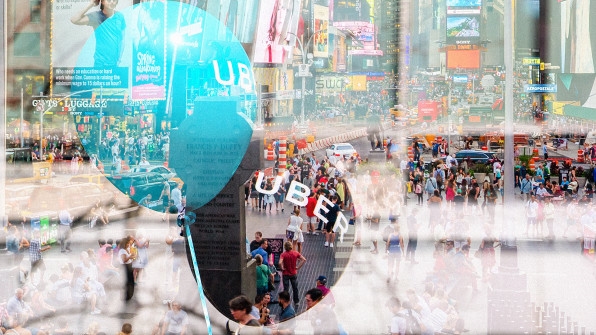
Be True Inside And Out
Alignment between social impact and business objectives necessitates an authentic set of corporate values–not the ones framed on the wall, but those lived day in and day out. And there is no better measure of this authenticity than the way in which employees respond (or don’t) to a company’s values and desired impact in the world. Uber faced scrutiny in 2017 in large part because its aggressive and unconstrained internal culture opened it up to charges of hypocrisy externally. There is no longer a well-defined inside and outside to a company. Mitigating social gaffes will require a level of honesty and openness in order to pass consumers’ smell test.
With these lessons in mind, brands should not hold back this year. We are living in turbulent times and companies have a powerful role to play in the world of social change. Brands should embrace their desire to profit with purpose and be on the winning side of what will likely be another exciting and challenging year ahead. Consumers want and are expecting it–gaffes and all.
This post is part of a series in which Phillip Haid, the cofounder and CEO of Public, offers his thoughts on the best and worst of today’s impact marketing.
Fast Company , Read Full Story
(33)

